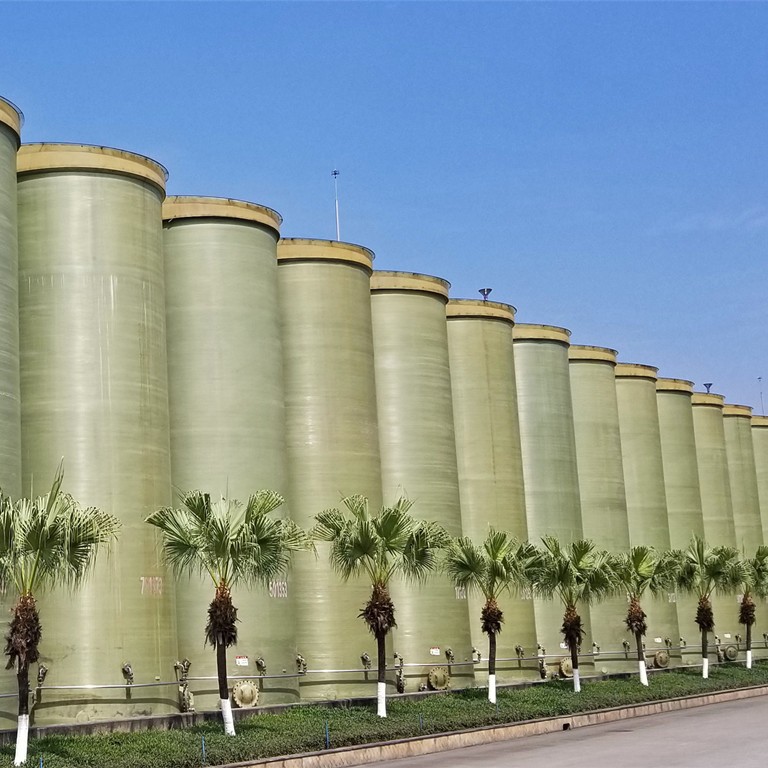
-
 Afrikaans
Afrikaans -
 Albanian
Albanian -
 Amharic
Amharic -
 Arabic
Arabic -
 Armenian
Armenian -
 Azerbaijani
Azerbaijani -
 Basque
Basque -
 Belarusian
Belarusian -
 Bengali
Bengali -
 Bosnian
Bosnian -
 Bulgarian
Bulgarian -
 Catalan
Catalan -
 Cebuano
Cebuano -
 China
China -
 China (Taiwan)
China (Taiwan) -
 Corsican
Corsican -
 Croatian
Croatian -
 Czech
Czech -
 Danish
Danish -
 Dutch
Dutch -
 English
English -
 Esperanto
Esperanto -
 Estonian
Estonian -
 Finnish
Finnish -
 French
French -
 Frisian
Frisian -
 Galician
Galician -
 Georgian
Georgian -
 German
German -
 Greek
Greek -
 Gujarati
Gujarati -
 Haitian Creole
Haitian Creole -
 hausa
hausa -
 hawaiian
hawaiian -
 Hebrew
Hebrew -
 Hindi
Hindi -
 Miao
Miao -
 Hungarian
Hungarian -
 Icelandic
Icelandic -
 igbo
igbo -
 Indonesian
Indonesian -
 irish
irish -
 Italian
Italian -
 Japanese
Japanese -
 Javanese
Javanese -
 Kannada
Kannada -
 kazakh
kazakh -
 Khmer
Khmer -
 Rwandese
Rwandese -
 Korean
Korean -
 Kurdish
Kurdish -
 Kyrgyz
Kyrgyz -
 Lao
Lao -
 Latin
Latin -
 Latvian
Latvian -
 Lithuanian
Lithuanian -
 Luxembourgish
Luxembourgish -
 Macedonian
Macedonian -
 Malgashi
Malgashi -
 Malay
Malay -
 Malayalam
Malayalam -
 Maltese
Maltese -
 Maori
Maori -
 Marathi
Marathi -
 Mongolian
Mongolian -
 Myanmar
Myanmar -
 Nepali
Nepali -
 Norwegian
Norwegian -
 Norwegian
Norwegian -
 Occitan
Occitan -
 Pashto
Pashto -
 Persian
Persian -
 Polish
Polish -
 Portuguese
Portuguese -
 Punjabi
Punjabi -
 Romanian
Romanian -
 Russian
Russian -
 Samoan
Samoan -
 Scottish Gaelic
Scottish Gaelic -
 Serbian
Serbian -
 Sesotho
Sesotho -
 Shona
Shona -
 Sindhi
Sindhi -
 Sinhala
Sinhala -
 Slovak
Slovak -
 Slovenian
Slovenian -
 Somali
Somali -
 Spanish
Spanish -
 Sundanese
Sundanese -
 Swahili
Swahili -
 Swedish
Swedish -
 Tagalog
Tagalog -
 Tajik
Tajik -
 Tamil
Tamil -
 Tatar
Tatar -
 Telugu
Telugu -
 Thai
Thai -
 Turkish
Turkish -
 Turkmen
Turkmen -
 Ukrainian
Ukrainian -
 Urdu
Urdu -
 Uighur
Uighur -
 Uzbek
Uzbek -
 Vietnamese
Vietnamese -
 Welsh
Welsh -
 Bantu
Bantu -
 Yiddish
Yiddish -
 Yoruba
Yoruba -
 Zulu
Zulu
High-Quality FRP Chemical Products for Industrial Applications
Understanding FRP Chemical Products A Comprehensive Overview
Fiber Reinforced Polymer (FRP) chemical products are becoming increasingly significant in various industries, thanks to their unique properties and performance characteristics. These composites, made by combining a polymer matrix with reinforcing fibers such as glass, carbon, or aramid, are known for their exceptional strength-to-weight ratio, corrosion resistance, and durability. This article explores the composition, benefits, applications, and future trends of FRP chemical products.
Composition of FRP
FRP materials consist of two main components the polymer matrix and the reinforcing fibers. The polymer matrix, which can be thermosetting (like epoxy or polyester) or thermoplastic, provides shape and protects the fibers from environmental damage. The reinforcing fibers contribute to the mechanical strength and stiffness of the composite. Glass fibers are most commonly used due to their availability and cost-effectiveness, while carbon fibers offer superior strength and are preferred in high-performance applications.
Benefits of FRP Products
The advantages of FRP chemical products are manifold. One of the most notable benefits is their lightweight nature, which makes them easier to handle and reduces transportation costs. Additionally, FRP composites exhibit excellent resistance to chemicals, moisture, and extreme temperatures, making them suitable for harsh environments. Their mechanical properties also allow for design flexibility, enabling engineers to create complex shapes that are difficult to achieve with traditional materials like metals or concrete.
Another significant advantage is their low maintenance requirement. Unlike metals that can corrode and require regular upkeep, FRP products can retain their structural integrity for many years with minimal intervention. Furthermore, they are non-conductive and do not pose a risk of electrical hazards, making them an ideal choice for electrical applications.
frp chemical product

Applications of FRP
FRP chemical products find applications in a wide array of fields. In construction, they are used for reinforcing structures, manufacturing bridges, and creating architectural elements due to their strength and lightweight properties. The aerospace and automotive industries increasingly rely on FRP for components that enhance fuel efficiency and overall performance by reducing weight.
Additionally, FRP is used in chemical processing and storage—where corrosive environments require materials that can withstand degradation. Water treatment facilities utilize FRP tanks and piping systems to handle various water conditions. There is also a growing trend in renewable energy, specifically in wind turbine blades, where FRP's strength and lightweight nature help improve efficiency and reliability.
Future Trends
The future of FRP chemical products appears promising, with ongoing research and development aimed at enhancing their performance and sustainability. Innovations in bio-based resins and recycling techniques are being explored to make FRP composites more environmentally friendly. As industries increasingly seek sustainable solutions, the adaptability of FRP will likely play a crucial role in driving its adoption.
In conclusion, FRP chemical products are revolutionizing multiple sectors by offering a combination of strength, resilience, and versatility. As technology advances and new applications are discovered, FRP will continue to emerge as a pivotal material in shaping the future of construction, automotive, aerospace, and beyond. Understanding its properties and benefits is essential for industries looking to leverage these advanced composites for enhanced performance and sustainability.









